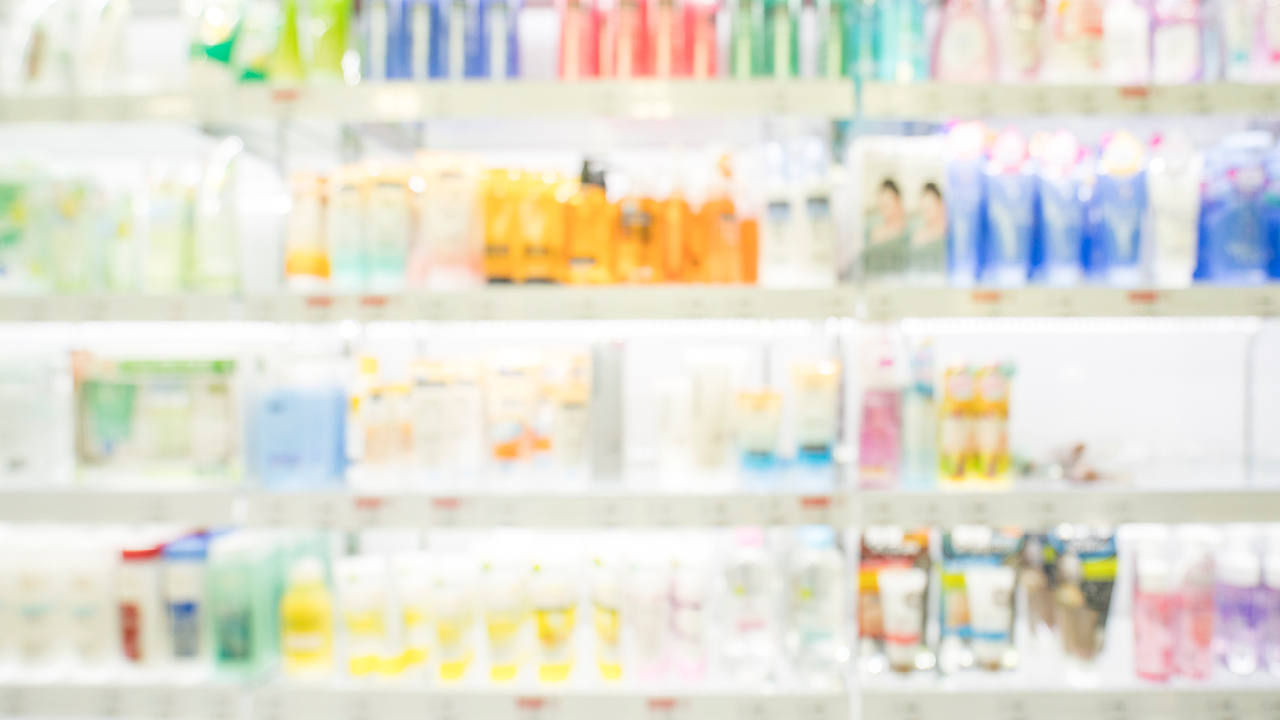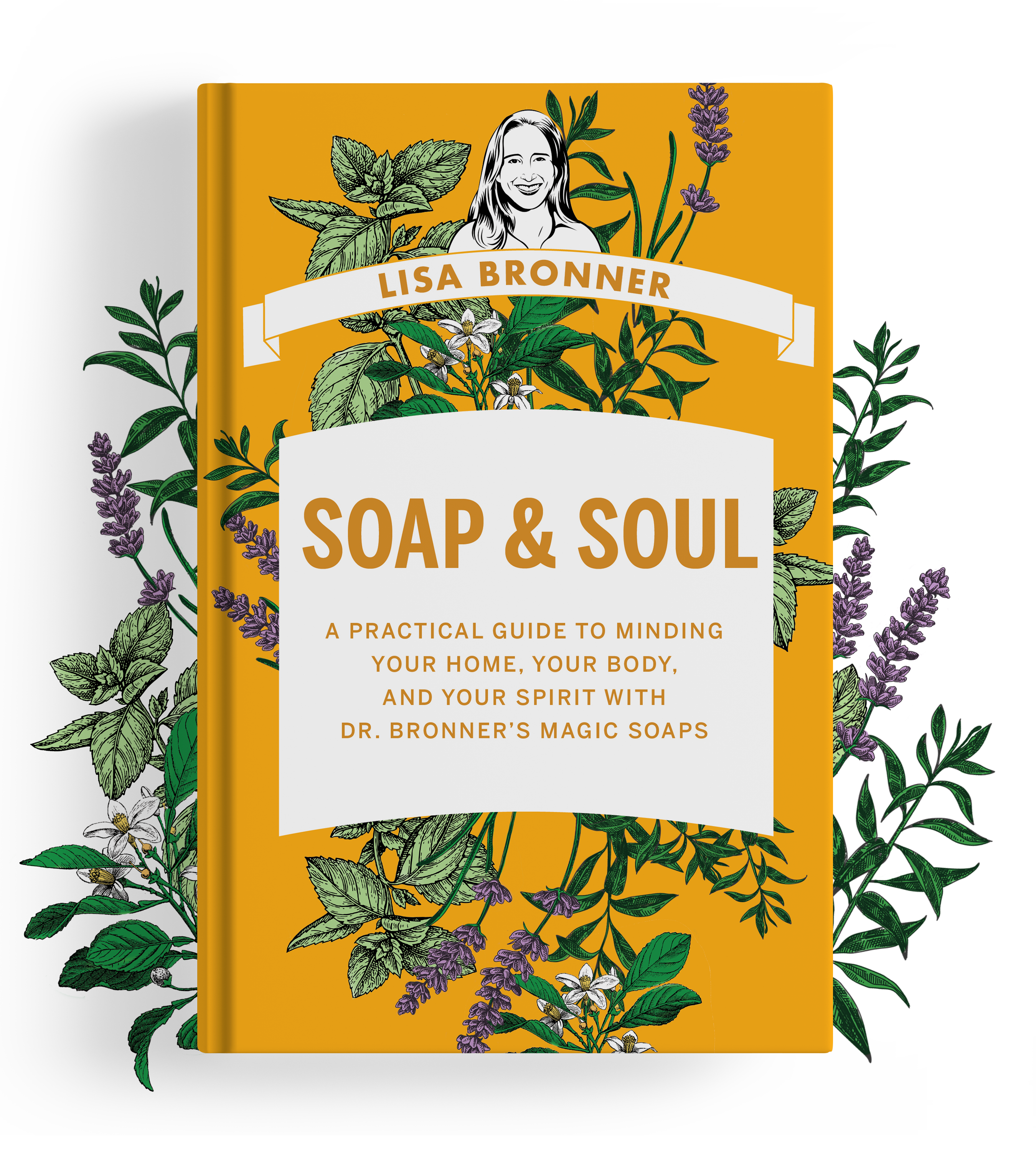
You all are beautiful.
Before I launch into a discussion of safety of body care ingredients, let’s get that straight: you are beautiful already.
Furthermore, the most important things you can do to take care of your body are not for sale. They don’t come in a bottle. You can’t put them on your shopping list. Sleep, healthy food, drinking water, exercise, de-stressing and smiling. If you don’t have these, no potion or cream will fully substitute for the lack.
Why bother reading ingredients
Our society is facing many troubling unanswered questions. Among them, why are rates of cancer, infertility, hormone imbalance, and behavioral disorders skyrocketing? While undoubtedly there are many contributing causes, it might not be coincidental that 1 in 13 women are exposed daily to known or probable human carcinogens, or that 1 in 24 women to known or probable reproductive and developmental toxins through their personal care products. Our skin is semi-permeable, and so even though we don’t eat our cosmetics, in a way, our skin might.
On average, women use 12 products daily (men about half that). That’s easy to believe when you start counting soap, deodorant, toothpaste, mouthwash, shaving cream, aftershave, toner, shampoo, conditioner, sunscreen, lotion, lip balm… and that doesn’t even get into makeup. With an average of 14 unique ingredients per product, that adds up to roughly 168 different ingredients.
I’m not throwing numbers at you to elicit an “ooh” and “ahh,” or a freak and flee. The problem with those 168 ingredients is that they are underregulated. Personal care products and cosmetics are under the jurisdiction of the Food and Drug Administration (FDA), but until 2023 have only had 14 sentences regulating a $100 billion industry. As I covered in my article about legislative progress over the cosmetics industry, some states have stepped in to fill the gap and the federal Modernization of Cosmetics Regulation Act of 2022 have made a start to providing greater consumer safety, but there are still safety gaps. The best advocate to ensure your products are best for you, is you. This means you need to learn what to look for.
Total exposure – My biggest concern
Long-term, cumulative exposure is what concerns me most. Many ingredients have a threshold at which they are “generally regarded as safe” (GRAS). A single product will have less than that threshold. But what if that ingredient is in four of your daily, leave-on products? How does all that exposure add up when studies are showing that above the GRAS levels, problems arise?
Another area of concern is the “cocktail effect.” Many ingredients are innocuous when used alone but problematic when combined with other ingredients. Perhaps one product use contains this ingredient in isolation, but we rarely use one product at a time. We might apply lotion and sunscreen and foundation and perfume. This adds up to a “cocktail” of many combined ingredients. This common occurrence is not considered in GRAS designations.
Not enough research in ingredient safety
Below are the ingredients I avoid in the body care aisles. I will tell you first, that there is not enough research to substantiate these concerns irrefutably. It is terribly difficult to correlate cause and effect from ingredients that are used alongside a hundred others and results that may show up only after years of exposure. However, there are the beginnings of evidence for each of these ingredients. Since there are easy alternatives, I play it safe and choose those alternatives.
Ingredients I avoid
(Click here to download this table and take it shopping with you.)
| Ingredient | Purpose/Products | Concern | Notes |
|---|---|---|---|
| -Parabens | Preservative across body care | Endocrine (Hormone) disruptor | Highest Concern: Butylparaben, Propylparaben; Moderate Concern: Methylparaben, Ethylparaben |
| Methylisothiazolinone | Preservative across body care | Allergen, irritant | |
| Octinoxate | Sunscreen | Endocrine disruptor, bioaccumulation, penetration enhancer | |
| Oxybenzone | Sunscreen | High absorption, significant penetration enhancer, photoallergic reaction | |
| Retinyl Palmitate (vitamin A) | Anti-aging, often in sunscreen | Skin tumors | Tumors may form when exposed to sunlight |
| “Fragrance” | All body care | May include Phthalates | Secret, proprietary blend of any of 3000+ possible chemicals |
| Phthalates | Anywhere there’s “Fragrance” (works as a fixer) | Linked to altered reproductive development especially in boys, asthma, ADHD, breast cancer, obesity, type 2 diabetes, neurodevelopmental issues, and autism spectrum disorders | Never listed with ingredients |
| Quaternium-15 | Detergent in Shampoo, body wash, etc. | Formaldehyde releaser | Formaldehyde is a known human carcinogen |
| Ureas | Preservative across body care | Allergen, formaldehyde releaser | Highest concern: Polyoxymethylene Urea Moderate Concern: Imidazolidinyl Urea, Diazolidynol Urea |
| Ceteareth, laureth, steareth, other “-eths” | Detergent in shampoo, body wash, etc. | 1,4 Dioxane contamination | 1,4 Dioxane (a production byproduct) is a known human carcinogen |
| Diethanolamine (DEA) | pH adjuster across body care | Toxicant, possible human carcinogen | |
| Triethanolamine (TEA) | pH adjuster & emulsifier across body care | Toxicant, irritant, suspected human carcinogen | Use recommendations emphasize only short-term use and thorough washing |
Even as you keep these terms in mind, know that with every step you take down the aisle, a massive marketing machine is waging war against your judgment with misleading or deceptive labeling. Arm yourself against that by reading my previous article “10 Labeling Traps.”
Next steps toward ingredient safety
My hope here is to empower and not to overwhelm. There are many good products out there made with alternative ingredients. Manufacturers have started to respond to consumer concern. (Another proof for the power of voting with our spending!) Do not open your bathroom cabinet and trash the contents all at once. That will only frustrate you tomorrow when you’re trying to get out the door and you have no shampoo, deodorant, or sunscreen. Analyze one product at a time and replace, if needed. Start with “leave-on” daily products, to which you have the highest exposure. Perhaps you and a friend can split the task.
Resources to help you evaluate product and ingredient safety
- Environmental Working Group’s Skin Deep database: a continuously updated analyses of thousands of products, brands, and ingredients.
- Think Dirty app: similar to the main EWG website for help on the go.
- Campaign for Safe Cosmetics: Lots more research of ingredients.
- Not Just a Pretty Face: the Ugly Side of the Beauty Industry: Stacy Malkan’s 2007 book was my wake up call to these issues.
Further reading
- 13 Essential Green Cleaning Ingredients
- Deciphering Soap and Body Care Ingredients
- Join Me in Support of the 5 Safer Beauty Bills
This use and many more are in my book, Soap & Soul: A Practical Guide to Minding Your Home, Your Body, and Your Spirit with Dr. Bronner’s Magic Soaps, available now in hardback on DrBronner.com or at your favorite bookseller, and as an eBook and audiobook (read by me!) from wherever you download or listen.



Another ingredient that concerns me that I see a lot in hand soaps and shampoos is sodium lauryl sulfate (SLS) which is known to be very drying on skin.
Lisa, I run a B &B and thought I would switch to your products. I started with Peppermint Castille Soap to do my dishes and I noticed that there is a bluish color to the water after washing the dishes and a distinctive blue stain is left in my white plastic wash basin after I discard the water. I was wondering what that could be from?? I went out and bought the Citrus scent and tried that. I haven’t noticed a stain but my wash water has a yellow tint to it. I know there are no dyes listed and I can grasp a yellow color but the beautiful powder blue has me stumped. I don’t want to give up this soon! Please help!! Patty
Hi Patty- It sounds like a reaction to the minerals in your water. What you’re noticing is a mineral residue, also called soap scum. Sounds like our household cleaner, Sal Suds, might be a better option for you as it doesn’t react with minerals in water the way Castile Soap does.
I just received shampoo and conditioner in the mail maybe 10 minutes ago. First thing I did was look at the ingredients after reading your article this morning. It does have “fragrance” and I’m disappointed. The reason I bought it was after a recommendation from someone on an instagram page that is based on using essential oils and keeping things natural. I may send it back. It does have a lot of good ingredients, but I guess that doesn’t matter if it’s mixed in with the bad.
Hi Judy- A company can’t lie on its packaging, so if it’s made with good ingredients otherwise, it might be worth reaching out to the company for an explanation. The company’s response will be an indicator of how transparent it is about ingredients.
At last, pleased to see this article. I have realised for a long time that all these ingredients are harmful
but people think I am mad.
Also I have found that PEG/PPG are also a problem. They affect my asthma and cause me to choke coughing.
Unfortunately I cannot get anyone to take me seriously. Even Doctors say they have never heard of that but do not
take me seriously either. A hairdresser suggested to me that these items could be a cause of my problem, he was right. These things are in so many medications etc. I am convinced nobody realises. They are an eye, skin and lung irritant.
Hi S- It’s great that you persisted and determined your sensitivity to PEG/PPG. Thank you for sharing, as your learnings might be helpful to another reader.
Thanks for the article. I can share with friends who I have been “preaching” to for a long time. I try to stay as “clean” as possible – making my own detergent with Sal-Suds, floride-free toothpaste, skin care from essential oils and carrier oils. It’s sad what is in these products destroying our health. Thanks again.
Thanks for reading and sharing, Sherri. Sounds like we are in sync here!
Lisa, what sunscreen would you recommend? Thank you.
Hi Tom- Choosing a sunscreen can be dizzying. I don’t have a brand to recommend, but do suggest choosing mineral sunscreens with zinc oxide and/or titanium dioxide as an alternative to chemical UV filters. The Environmental Working Group’s (EWG) Guide to Sunscreen can help you identify good one: https://www.ewg.org/sunscreen/.
Tom, my favorite sunscreen is Badger. Super clean and effective.
Thank you for this great material! It’s really important to know that sometimes personal care products may be really harmful. Unfortunately, a lot of people do not understand it and know nothing about ingredients in their everyday stuff.
I love this article. I’ve been preaching this for years. I recently purchased a new curling iron and looked up some videos on how to use it. I was shocked at the 3-5 different products recommend to purchase just for my hair ! Using just one of those and I could smell the artificial fragerance of it all day. For me I don’t style my hair everyday but it still concerns me. Thanks for spreading the information.
Great article Lisa, spot on. Your biggest concern: “But what if that ingredient is in four of your daily, leave-on products?” is a great take away and one to respect. Our skin is our largest organ and it takes in what we put on it. I need to show my husband the info on the sunscreen, sometimes he buys whatever when I’m not watching :-). I didn’t know about the ingredients to avoid in sunscreen. Thank you.
Hi Margarita – Thanks for reading. I’m glad it resonated with you.
May I share a link to this post on another fb page? I think it’s so important for this information to be shared with others.
Hi Deborah – Please feel free to share. I’m glad it’s helpful!
Good article Lisa. Have you checked out LUME? Really great deodorant and I don’t think it has any of the no no’s.
Hi Kelle- Thanks for reading the article! LUME is what I’m currently using, and it seems to be work well. The product isn’t in the EWG.com database, but I ran the ingredients through and didn’t see any problems.